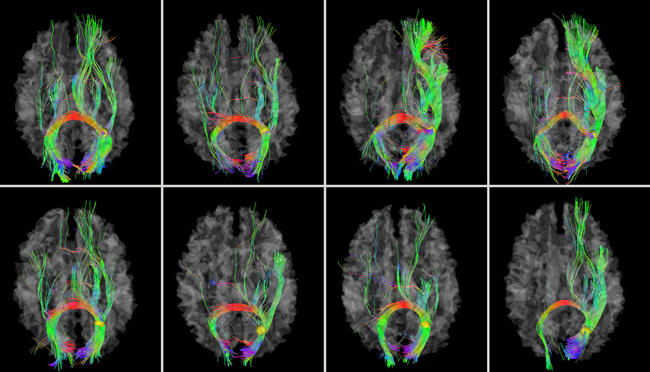
Section Branding
Header Content
New Map Could Help Study Brain Disorders
Primary Content

Researchers at the University of Georgia have created a map of the human brain. It could replace a brain atlas in use for the last 100 years.
Using new digital imaging technology, Tianming Liu and two of his graduate students identified 358 landmarks in the brain.
Graduate student Dajiang Zhu says they mapped brain circuits related to memory, vision, language and other bodily functions.
“Our work created a map of landmarks on the brain cortex.”
Researcher Xiaping Hu is using the new map to study how cocaine exposure in the womb changes children’s brains.
He says this could also help doctors looking at other disorders such as depression and Parkinson’s disease.
“For example you can do behavioral therapies that are sort of geared toward enhanced these circuits that may be affected. Or you could develop drugs that are targeted for these circuits.”
The new map is an alternative to a century-old brain atlas that’s still used in clinical and research settings.
Tags: UGA, Emory University, brain map, digital imaging, Tianming Liu, Dajiang Zhu, Xiaping Hu
